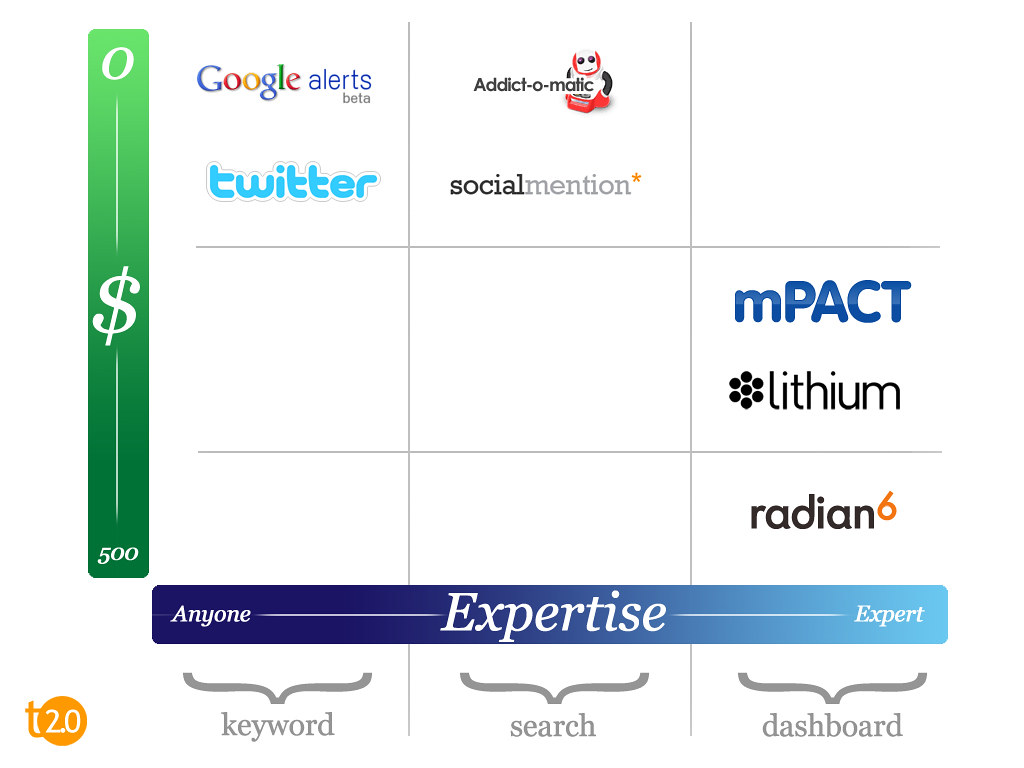
Social media and PR are crucial components of any comprehensive strategy when it comes to communicating a coherent message. These two departments might share some tasks but they can both benefit one another by communicating the company’s message in one. The messages seem to come from the same place when both departments work together. Companies need to create a strategy to collaborate in order to unify the two departments. Here are some tips to integrate these two departments.
Influencer marketing
Influencer marketing via social media can be a powerful way to promote a brand and/or product. This involves sharing content created by influencers that are dedicated to the campaign. This creates trust and credibility among the audience because these creators can be trusted to verify the authenticity of the brand. Influencers also have a significant following and can help generate buzz for a product or brand. Here are some tips for influencers and brands to make it a success.
Influencer marketing isn't something new. Celebrities have always had a significant influence, but the rise of social media influencers has boosted the concept to an even greater degree. Influencer marketing has the potential to boost sales and can be extremely effective for brands and businesses of all sizes. Influencer marketing is possible for any niche or brand. There are many ways to effectively use influencers.

Citizen journalism
Citizen journalism through social media can have many advantages and disadvantages. While it's not an alternative to professional journalists, citizen journalism can be extremely useful in times of emergency. It may be necessary to monitor the accounts of survivors on social media in case there is a crisis. Moreover, citizen journalists can get information from sources they normally don't trust, including relatives, friends, and acquaintances. While there are many benefits, the negatives are substantial.
The public has instant access to technology, and can quickly report on breaking news. Citizens journalists don't always do the same background research as professional reporters and cannot verify all sources. On top of that, citizen journalists can contribute content to professional news sites and post comments alongside professional reporters. While many websites require registration to allow users to comment, the sites don't restrict citizens from posting. Many citizens have the opportunity to contribute to the public conversation on important issues.
Digital TV
Combining TV and online marketing can have many benefits. Social media can help you engage with your audience, and brands can test and repurpose TV content on these platforms. You can also partner with media partners to increase your reach and engagement. Social ads can also help you communicate the message that you want to convey on TV. When combined, digital and television marketing can produce more ROI for your company.

FAQ
Is it easy to measure content marketing?
Yes! You can measure the results. It helps you determine whether your efforts were successful and whether you need to make changes.
You can track which visitors came from different sources (emails, social media, paid advertisements, etc.) and track conversions, such as sales leads and purchases.
These metrics will tell you what pieces of content did well and where there are the most opportunities.
What does Content Marketing look like?
A visitor to your site is searching for something in particular. Good for them if they find the information they seek. But if not, they'll leave and go look elsewhere. You can create helpful and relevant information that answers questions, solves issues, and adds value with content marketing. This content can be used across all platforms (social media and email). It will be available to everyone at all times.
How effective is content-marketing?
Yes! Hubspot reports that Content Marketing has been ranked as one of three top digital marketing channels in lead generation.
How do I measure success in content marketing?
There are many ways you can measure the success of your content marketing strategies.
Google Analytics is a great tool for measuring traffic. This tool lets you see where your targeted traffic comes from and what pages they visit most frequently.
It also tells you how long each visitor stays on your site before leaving.
This information can be used to improve your content and to keep people engaged for longer periods.
Another method of measuring the success of your content marketing efforts is to ask yourself these questions:
Do my new subscribers get any value from my email newsletters or not? What percentage of my mailing list have purchased paid memberships? How many people clicked through to my landing pages? Do those who click through convert at higher rates than others?
These are all important metrics that you should track and monitor over time.
Another way to measure your content marketing success? Look at how often people share links to your content on social networks.
Start now if you don't already. It could be the difference in being seen or not in your industry.
Statistics
- This marketing strategy landed Ford a 15.4% conversion rate. (neilpatel.com)
- According to our research, 65% of companies with very successful content marketing in 2021 ran content audits at least twice a year. (semrush.com)
- Out of the 1,500 marketers we surveyed for our State of Content Marketing report, 78% who felt their content marketing strategy was exceptionally effective in 2021 had documented their strategy. (semrush.com)
- Companies that use content marketing see approximately 30% higher growth rates than businesses not using it. (mailchimp.com)
- To further show the importance of this, 89% of people have stopped doing business with a company because of a poor experience. (neilpatel.com)
- Seventy-two percent business to business (B2B) (mailchimp.com)
- According to our research, brand awareness, attracting traffic, and generating leads remain the key content marketing goals in 2022. (semrush.com)
- We found that 40% of businesses don't have a documented strategy yet. (semrush.com)
External Links
How To
Informationgraphic creation tips for content marketing
Infographics are an effective way to explain complicated concepts clearly and make information understandable. You should use infographics to spread the message about content marketing.
You'll need design software such as Adobe Illustrator or Photoshop to create an infographic. These programs can be used for drawing out shapes and elements to represent data. After that, you can add fonts and colors to make it look professional. Once you are happy with your design, you can upload images to Unsplash and Pixabay for your design.
Online infographics can be a great source of inspiration. For example, if you want to show how many calories are in certain foods, you could take a picture of a food pyramid and replace the numbers with pictures of those foods. Another option is to take a picture of a can of Coke and look at how much sugar it contains.
Once you've created your infographic, share it on social media channels like Facebook or Twitter. This allows people to learn more about the concept, even if they aren't familiar. Include hashtags if you plan to share your infographic via social media platforms. This will allow others to see what you're talking. Users can follow along with specific conversations using hashtags.
If you decide to create an infographic, try making your posts shorter than usual. An average blog post can range from 2000 to 5000 word, while an informationgraphic needs only 500 to 1000 words. This means you can easily convey more information with less space.
Keep in mind that viewers may have difficulty reading small fonts when creating your infographic. You should use large fonts for your infographics. Don't rely too heavily upon color. Also, make sure that all your text is legible.
Here are some other tips.
-
Select an Infographic Template. There are many free templates available online and in printable formats. The most popular ones include Canva, Piktochart, and Google Slides.
-
Create your Infographic. Use the template to create your infographic. You can use any kind of media that you feel is appropriate for your audience. An example of this is a infographic that shows the best restaurants in Seattle.
-
Add text. Add text to your infographic once you have it created. You can use Microsoft Word, PowerPoint or Canva to add text.
-
Add Images. Your infographic can also include images. These images could be photos, charts, graphs or icons. You should make sure that the picture you upload is related to your topic.
-
Make It Interactive. You can add interactive elements, such as maps, buttons, and links. This will allow you to engage your audience.
-
Share. Share the infographic once you're done.
-
Measure. Your infographic's performance. Did people click on your website? Did they sign up to your email list? Was their reaction to the infographic?
-
Improve. Are there ways you could improve your infographic? What could you do better next year?
-
Repeat. Repeat.